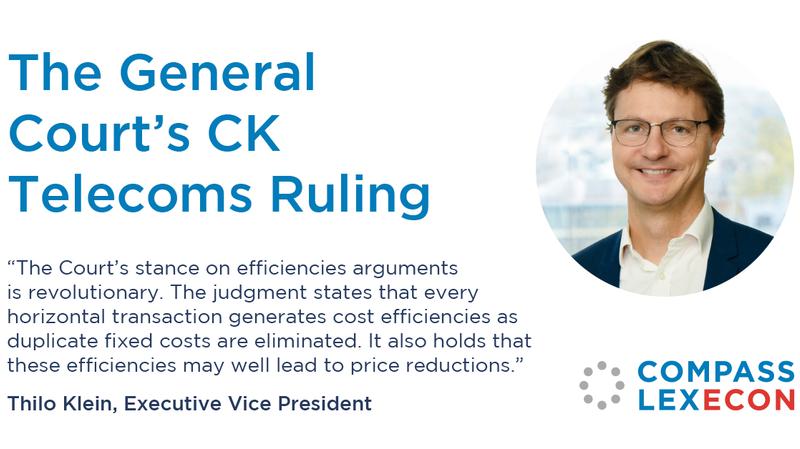The Importance of Licensed Spectrum and Wireless Telecommunications to the American Economy

Share
Executive Vice President Dr. Aren Megerdichian authored a report commissioned by CTIA that explores the impact of licensed spectrum and wireless communications on the American economy. Dr. Megerdichian shows that over the past decade, the wireless industry has generated $5.4 trillion in GDP to the American economy and has contributed an annual average of more than three million jobs, with 4.5 million added to the American economy in 2020 alone.
Executive Summary
Between 1985 and 2020, wireless network operators have spent more than $600 billion in capital investment, not including over $120 billion paid to the federal government for the right to use spectrum to power the networks and support the wireless services that consumers demand.
During the past decade alone, spectrum auctions pertaining to wireless services have raised $155 billion in revenues. During the decade, wireless network operators invested $265 billion in infrastructure, deployed hundreds of thousands of cell sites and other antenna structures, and cut the cost of mobile data by 98%, even while delivering nearly 50x the volume of data, at higher speeds.
The substantial investments in spectrum and infrastructure during the past decade have allowed the industry to deliver wireless services to hundreds of millions of consumers throughout the U.S., contributing nearly $9.5 trillion in gross output and $5.4 trillion in GDP to the American economy, and employing an annual average of more than 3 million people.
In 2020 alone, the wireless industry contributed over $1.3 trillion in gross output, $825 billion in GDP, and nearly 4.5 million jobs to the American economy.
These trillions in output and millions of jobs include the direct effects of the core wireless industry (mobile network operators and resellers) on the economy, as well as the secondary effects of the wireless supply chain and select downstream market segments that rely heavily upon wireless and mobile broadband services (including smartphone app developers, search engines, digital advertising agencies, mobile gaming, and social networking sites). It does not take into account the contributions made by other sectors that also depend on and use wireless services that could represent hundreds of billions in additional gross output and GDP, as well as millions of workers. Therefore, the estimates presented in this study are a baseline, or lower bound, for the contributions made by wireless-related sectors to the American economy.
For the wireless industry to continue to provide these considerable, widespread positive effects to the American economy, it is necessary to provide mobile network operators access to dedicated, licensed spectrum. It is also important to allow potential licensees to compete to acquire the spectrum licenses, and, once acquired, to allow the licensees to determine the optimal allocation and usage of that spectrum in the economy based on economic market forces. This will promote economic efficiency in the distribution and allocation of spectrum—a scarce resource—and will allow the wireless industry to continue to grow and provide numerous, substantial economic benefits to the American economy.
This report was originally published by CTIA here.


